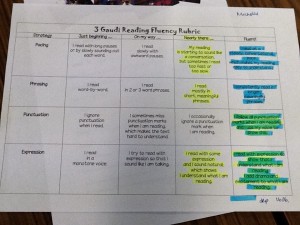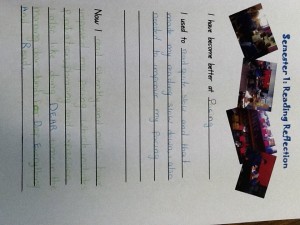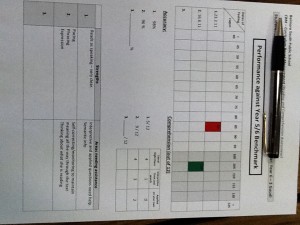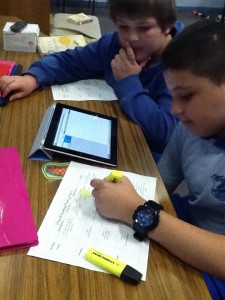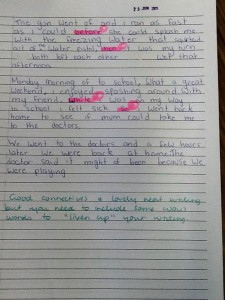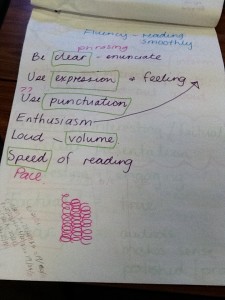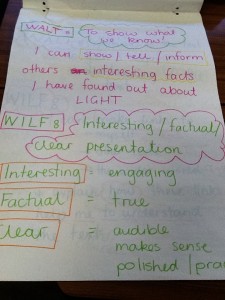I have been reading “Make Just One Change: Teach Students to Ask Their Own Questions” over the summer, to scaffold me in supporting my students in inquiry learning.
I found that I did not have many strategies that helped students ask “good”, thought-provoking, interesting questions. If my students were to own their learning, to become deeply involved in their learning, asking deep and interesting questions was an important first step.
“Make Just One Change” provides a protocol for students to use to enable them to think carefully about the topic and the types of questions that will provide the best information that they are after.
The “Question Formulation Technique” has three main parts:
- Produce your own questions
- Ask as many questions as you can
- Do not stop to discuss, judge or answer the questions
- Write down every question exactly as it is stated
- Change any statement into a question
2. Improve your questions
Categorise into
- Closed-ended questions
- Open-ended questions
Name the value of each question
Change closed questions into open questions
3. Prioritise your questions
Choose the 3 most important questions
Why did you choose these questions?
4. Next Steps
How are you going to use your questions?
The steps are easy to remember and build upon current classroom activities to scaffold students in initiating their inquiries. The activities encourage
- divergent thinking – opening up new ideas, encouraging multiple viewpoints., options and possibilities,
- metacognition – learning to think about your own learning, reflect on your learning, predict, and wonder about learning
- convergent thinking – synthesising new ideas and making sense by explaining, sorting, interpreting, summarizing and comparing
- and action – doing something, taking the wondering further.
Students’ work in groups or pairs for support, sharing and thinking purposes, and evidence from the text indicates that students are able to transfer this process into a variety of subject areas and contexts.
Having used Harvard’s Project Zero Thinking Routines for many years, I know that my students benefit from knowing and using routines or protocols to structure their thinking, so I can’t wait to try this protocol with my students this year.
Image: ‘AID India – Song Shoot – Wh?+-+01‘


